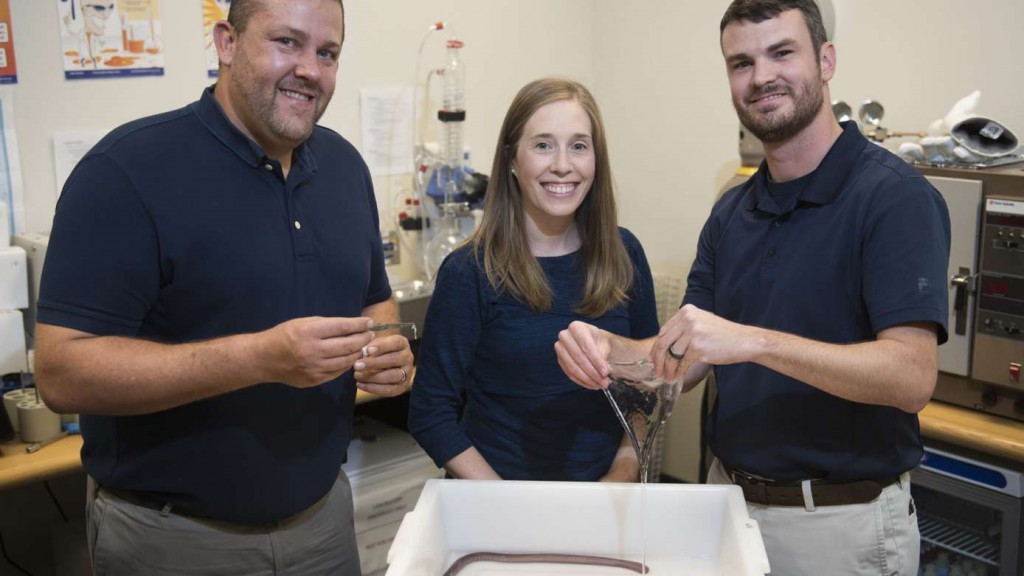A recent invention of 3D printable printing material from U.S. Navy scientists could make the underwater equipment strategically left in the ocean biodegradable.
The team of scientists at the Naval Surface Warfare Center in Panama City, Florida, was issued a 20-year patent for a 3D printable material made of a marine-biodegradable base polymer which is easy to build from and would break down over time.

Unique and Eco-friendly Solution
The use of unmanned or autonomous underwater vehicles (UUVs) to house and deploy oceanic sensors may be made to be single-use (disposable) or to last a certain amount of time before ceasing to function. Retrieval from the ocean floor can be costly or impossible, so in some cases they may be abandoned—a less than an eco-friendly solution.
But the new material, invented by Josh Kogot, Ryan Kincer, and April Hirsch in the center’s biotechnology research and development lab, and buoyed by the patent issued, offers a unique solution.
By tweaking a combination of polymers including polycaprolactone (PCL), polyhydroxyalkanoate (PHA), or polybutylene succinate (PBS), along with an agar gelling agent, the material can be 3D printed into any size or shape and made to last a specific amount of time before degrading.
On-demand Biodegradation
There is currently no known way to design and produce these structures so that their rate of degradation can be controlled. There is an unmet need to produce marine biodegradable 3D printable structures for which the rate of degradation of each structure can be selected for a particular mission.
By incorporating biological materials, like the synthetic hagfish slime the same lab invented, the process of biodegradation of the carrier vehicle structure is accomplished by microorganisms or enzymes feed on the biodegradable polymers that comprise the structure.
Through technology transfer, the new biodegradable 3D printing material technology is available to private companies via license agreement.
Licensing Services for Environmental Benefits
TechLink, the Department of Defense’s national partnership intermediary for technology transfer is providing licensing services to businesses at no cost.
Brian Metzger, a senior technology manager at TechLink, works with the Navy tech transfer team in Panama City to help private companies commercialize their growing list of inventions.
The new printing material could be used for any number of applications, not just UUVs and that the first step to commercializing it is licensing the patent.
“Not only can you 3D print this material into just about anything, but to finely control the rate at which it degrades is really useful,” Metzger said. “This technology has the potential to cut costs and benefit the environment, it could have many military and commercial applications for all types of underwater equipment.”
Source
Bioplastics MAGAZINE, 2020-09-15.
Supplier
Naval Surface Warfare Center NSWC
TechLink
Share
Renewable Carbon News – Daily Newsletter
Subscribe to our daily email newsletter – the world's leading newsletter on renewable materials and chemicals









